Last week a few guidebook writers tweeted, lamenting their already researched books, were not going to press. Why? Covid.
Last weekend it was Nyepi (the day of silence) in Bali. We headed up to Amed in the northeast for a stretch. Pre–Covid there were hundreds of hotels and guesthouses open for business there. On a casual ride along Amed’s many bays, I’d guess about 75% of the hotels were closed and the same—if not more—for restaurants. It was hard to tell to be honest. Was the place closed until guests arrived? Or closed until Covid recedes? For sale? Some. Abandoned? Others.
A remote beach in East Bali. Photo: Stuart McDonald.
If you’re not familiar with Amed, it is a string of a little shy of a dozen bays in northeast Bali. The beaches are a mix of pebbles and grey to black sand. They’re all working beaches—fishermen first, tourists second. They’re far from Bali’s best. The vibe though, is lovely. At dawn on a clear day you can watch the sun rise over Lombok’s Rinjani. In the afternoon it sets behind Agung—Bali’s holiest and tallest volcano. There’s a single road that strings the bays together.
Every morning, around 4am, fishermen push their jukungs to sea. They’re back between 8 and 9 am, their fluttering sails reminiscent of felucca on the Nile. The sails are triangular, bright white, blue, red and orange. Back when tourists still visited, some were emblazoned with beer brands. Not so much anymore.
All hands on deck. Bunutan Beach, Amed, Bali. Photo: Stuart McDonald.
They fish for mackerel and tuna, but catch more of the former than the latter. On our last morning, I walked down to chat to a few of the guys unloading. The catch was paltry, 20 to 30 palm sized mackerel apiece. One used to work at a restaurant, another at a hotel. Jobs gone, they’d gone back to what they grew up doing—fishing.
Around the same time I saw the tweets about guidebooks, I saw a thread by David Whitley, a UK travel writer. He suggested, as travel opens up, there’ll be a race to get writers to destinations for updates after the Covid–forced hiatus. Walking back from the fishermen, I thought about this.
Slim pickings. Bunutan Beach, Amed. Photo: Stuart McDonald.
Perhaps Indonesia is a particularly bad example. They’ll be few people willing to stand up to say the administration has done a stellar job. Last week a health minister suggested April 2022 as a tentative re–opening date. Another minister suggested June 2021. Despite the various pronouncements, nobody really knows, and this uncertainty isn’t helping tourism–fronting businesses.
We’re over a year into this plague. A year in which three quarters of businesses in Amed are no longer in business. Who knows when—or if—they’ll return.
Thankfully, not all hotels are closed in Amed. The Kampung. Photo: Stuart McDonald.
Over the last week I’ve been working on a travel consultation for a client hitting a few countries in the region. Towards the end of the piece they asked about a hotel to acclimatise in upon their arrival. My first pick, at least according to their website, was still open. Three others, appeared to have ceased to exist. I’m not talking about backpacker boltholes—these were premium properties. And not in Amed—rather a major Southeast Asian capital which has weathered Covid well.
At what time will enough have re–opened (or, more likely perhaps) re–branded, to warrant a research trip?
Sunrise over Rinjani and Lombok. Photo: Stuart McDonald.
Candi Dasa is a clapped out tourist town most famous for destroying its beaches by mining the reefs for concrete. Nevertheless its popularity, particularly with the older European set, is resilient. To be honest for reasons I’ll never understand. Whenever I ride to Amed, I break the trip at Candi Dasa.
I’ve got into the habit of always stopping at a tourist cafe on the main drag. I’d say for a coffee, but their Bali coffee is so vile I just grab a soda or three. Most recently when I pulled up, the manager recognised me—from perhaps six months earlier. That is how slow business is. When I asked about staff, she said they’d gone from more than ten people to just her and a friend.
Early morning in Candi Dasa. Photo: Stuart McDonald.
Her place will roll on. I assume the owner owns the land, so keeping it open—even if for only a few patrons a day—keeps the lights on. I asked about the hotel scene, she said most were closed. I asked after her ten staff, she said they had all gone back to their villages—not to other jobs in Candi Dasa. I asked if they were from Candi Dasa, she said no, they were from all over. People work here to meet tourists and practise their English, she said. Not much of that going on.
Most of the other restaurants I rode past looked closed. Those that were open? I didn’t see a single guest eating in one.
I prefer Candi Dasa from the sea. Photo: Samantha Brown.
Nobody knows when many of these closed places will come back on stream—if ever. While it easy to fixate on hotels, of course tourism is far broader than that. My number one recommended Bali driver is now working as a house painter.
So I wonder, when will mainstream travel guide writing come back on stream? How long is too long? How long should a publisher wait before sending a writer there to cover it? When half of the businesses have reopened? Two thirds?
From my perspective there is no way I am commissioning research until I know it is safe for the writer. Secondly, I’d need to be sure it is safe for the destination to receive foreigners. By these two criteria that puts us towards when? I don’t know? Mid 2022 perhaps?
Back when there were tourists. Sunset over Agung and Jemeluk Bay, Amed. Photo: Stuart McDonald.
I get the wanting to be first, but there is little point being first if, as was the case in Amed, most places are locked up. It isn’t just the off the beaten track spots like Amed. As with my consult above, in a capital city many places, which would have been my number one choice, have vanished. Will they re-open? When? Ever?
As I’ve written before, the silver lining to Covid is a chance to reappraise travel. How do we do it smarter? How do we do it in a more sensitive manner? How do we support rather than stuff up local destinations and communities?
Fishing first, tourists second. Lean Beach, Amed. Photo: Stuart McDonald.
I see Covid as providing a tilting point with travel publishing. Even pre–Covid other platforms were more adept at telling you what the room rate was eight seconds ago. Or which bar has a two for one deal next Thursday. Or that a ferry company had added an extra service on Saturdays.
It could be another year before real on the ground research restarts, but that isn’t to say we should rest on our laurels. I think now is the time for publishers to step back a bit and reflect on a bigger and more important horizon. How do we travel smarter? Not only to benefit us, but also the destination, and the people who live there. What should we be writing about?
What do you think?





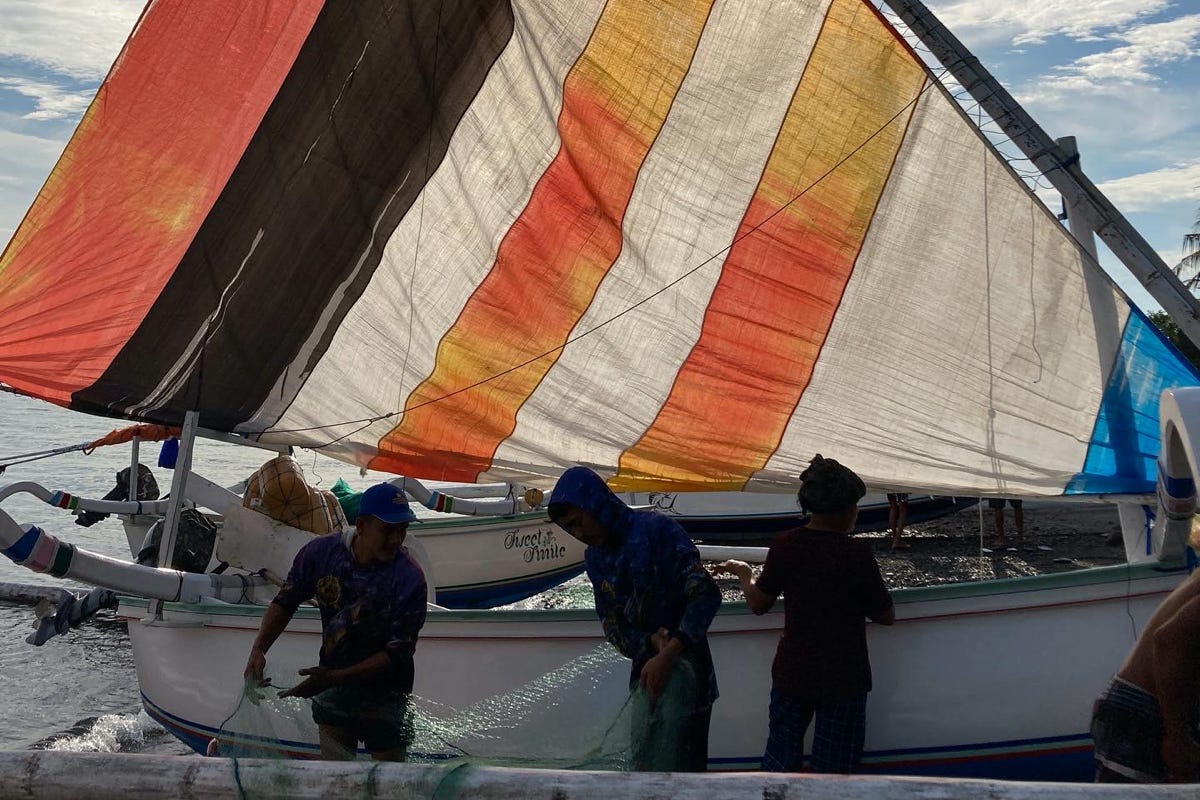
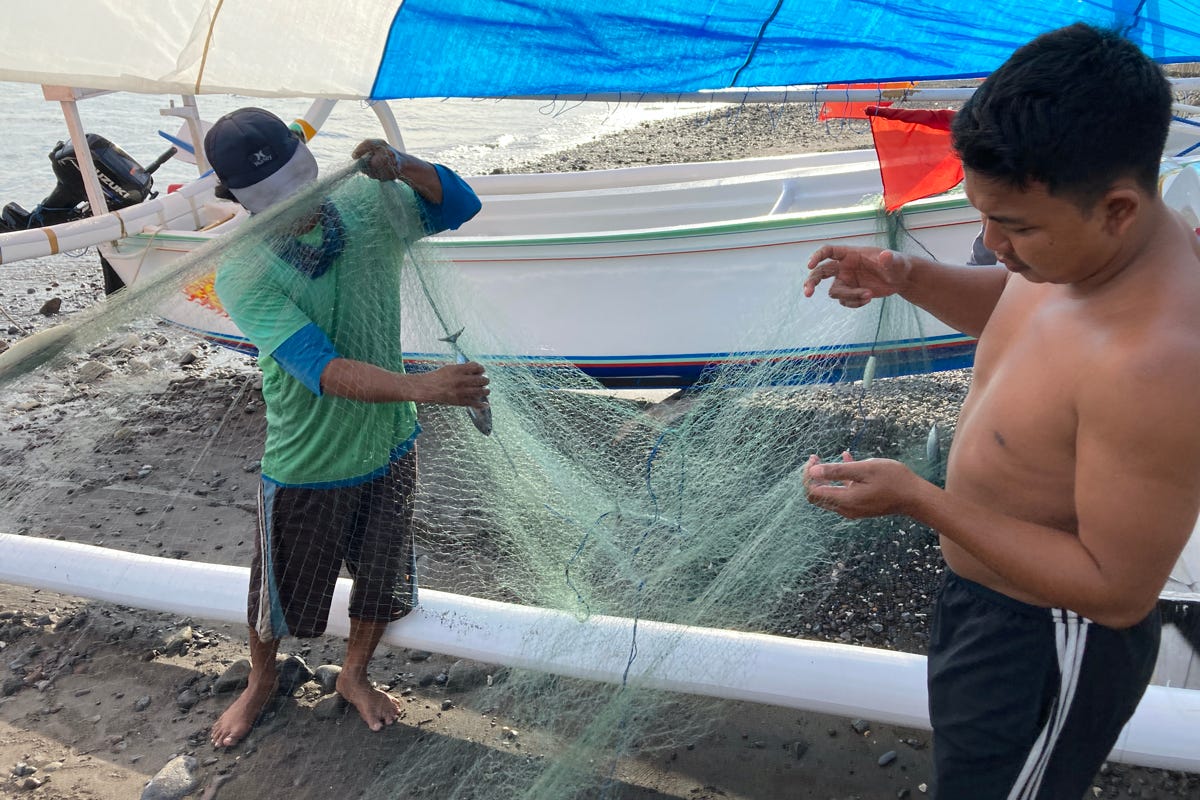
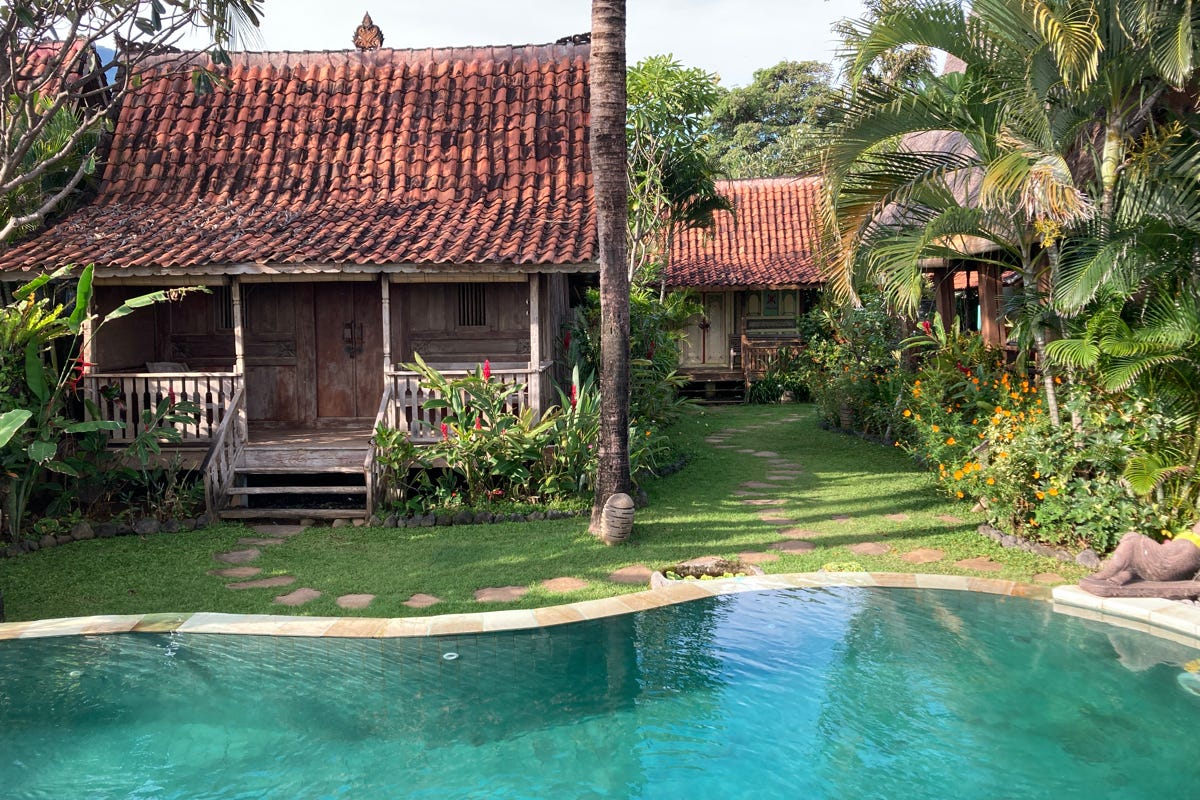

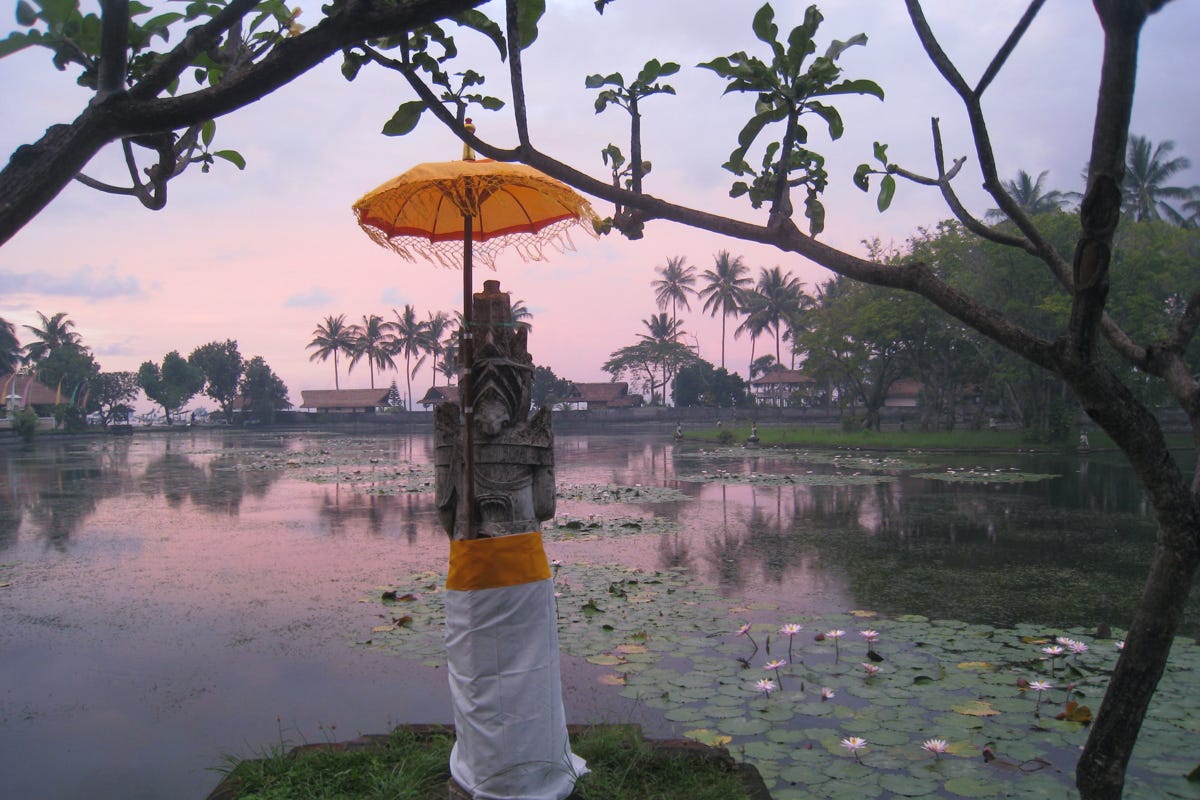

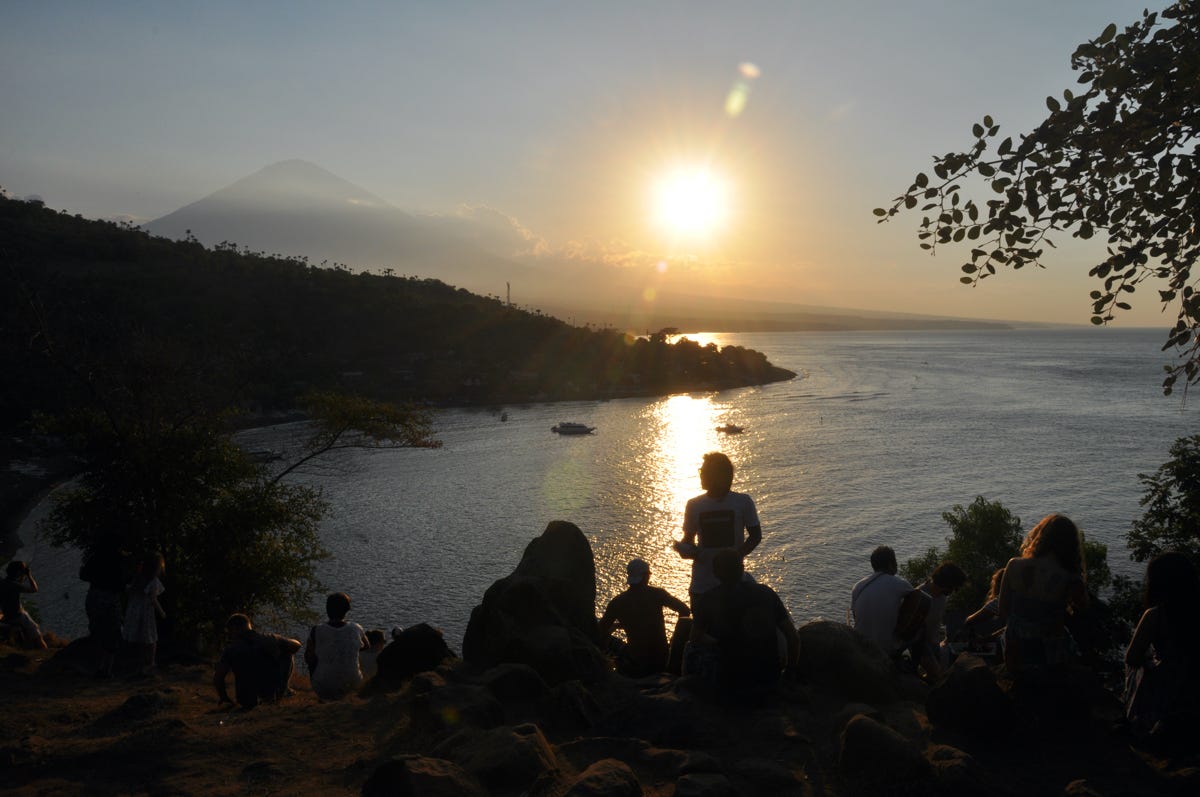










Share this post